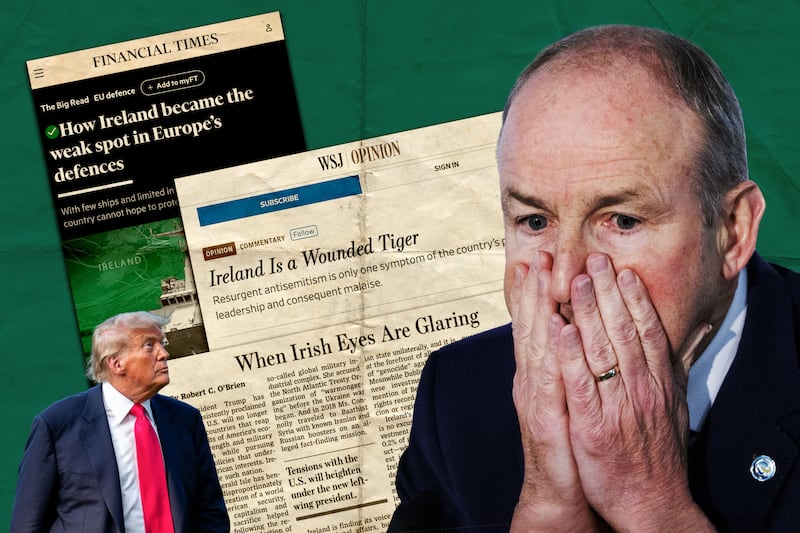Ronald Reagan was
in the White House when I did my Leaving Cert, but I remember the maths exam clearly. It took the lion’s share of my study time, but the exam itself was satisfying. With trepidation I attempted a question from this year’s maths exam.
The paper bore almost no resemblance to the one I sat years ago. Mathematics doesn’t change dramatically from decade to decade, yet the topics were completely different. Most questions concerned geometry (a branch I was never much good at) or probability (no favourite either). Of course, functions and calculus were in Paper I, but where were algebra, matrices, logs or any of the basic maths tools I use daily?
I attempted question seven, because “applied” questions counted for three times more marks than “basic concept” questions (why is a mystery). Advised timing was 18 minutes. The question was a fairly straightforward use of applied probability, given some simple labour force stats.
Bogged down
Or so I thought. I got seriously bogged down trying to understand sample figures provided (after 15 minutes I discovered my problem lay in the distinction between “unemployed” and “not in the labour force”!). I eventually got the question out (I think), but I’m not sure I would have under exam conditions – it was more of a high-level IQ test than a probability question! Indeed, one part didn’t seem to involve maths: “Suggest two categories of people, aged 15 and over, who might not be in the labour force.”
I felt much of the paper resembled a daunting test in puzzle-solving, with a heavy emphasis on geometry. Third-level academics are aware of Project Maths, an attempt to replace rote learning with problem solving. This paper seemed to go far in the other direction – the lack of emphasis on basic maths concepts seems unfortunate.
So, a chastening experience. I’d be more comfortable with testing a more diverse range of mathematical topics, but I should say I’m a scientist, not a mathematician!
Dr Cormac O’Raifeartaigh lectures in physics at Waterford IoT and is a fellow of the Royal Astronomical Society
















